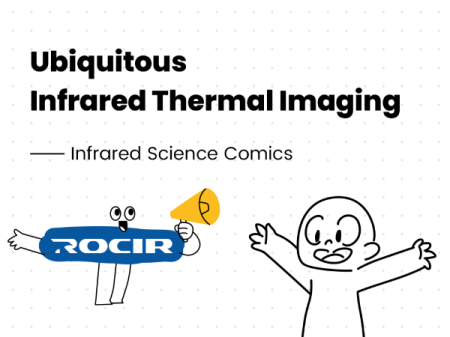In the last issue, we discussed the principle of infrared thermal imaging:
We learned that every object in nature continuously emits infrared radiation, and infrared thermal imaging allows us to see this heat.
But here comes the question: why do we need to see heat?
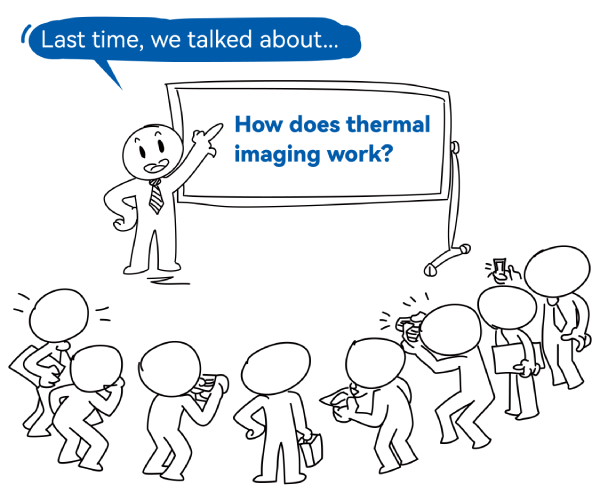
Infrared thermal imaging technology is based on the infrared radiation emitted by objects, converting it into visible images and temperature data that our eyes can see, enabling the observation and analysis of an object’s state.
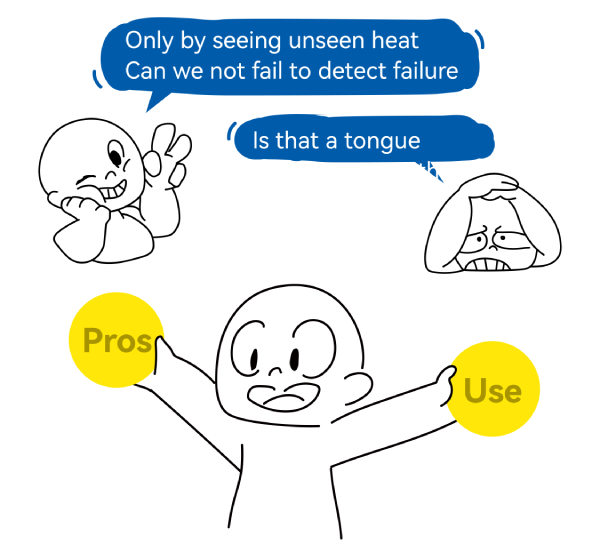
Today, let’s talk about the advantages of infrared thermal imaging and its applications, aiming to clearly explain its features and benefits, and to give a clearer picture of its application scenarios.
Penetrating Darkness
Infrared radiation is completely unaffected by light conditions, meaning infrared thermal imaging can produce clear images even in complete darkness.
It works 24 hours a day, providing all-weather operation.
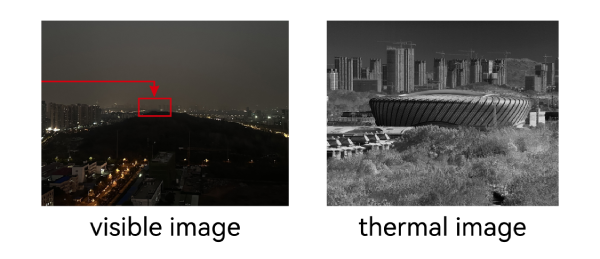
Application scenarios:
Safe Cities & Commercial Security
From public safety to major event security, infrared thermal imaging can create clear images in low visibility or harsh weather conditions. It is widely used in border defense, park monitoring, and nighttime surveillance.
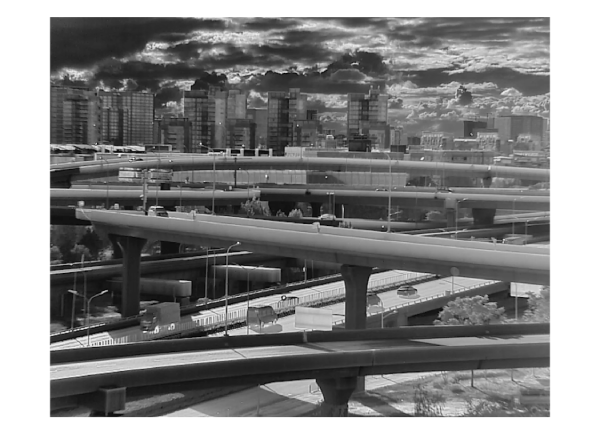
For business districts and residential communities with frequent personnel movement, intelligent building management systems integrated with infrared thermal imaging cores can install infrared video surveillance devices in indoor and outdoor spaces to manage access control, monitor body temperature, and count the number of people.
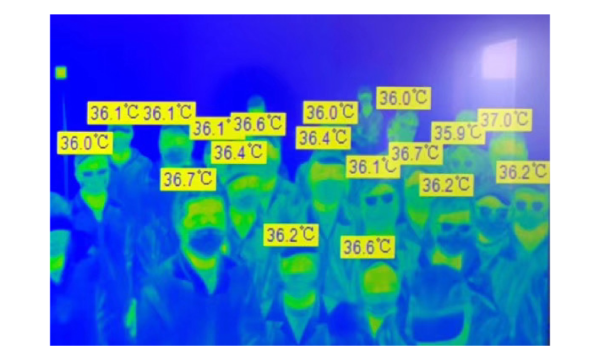
(To be continued......)

